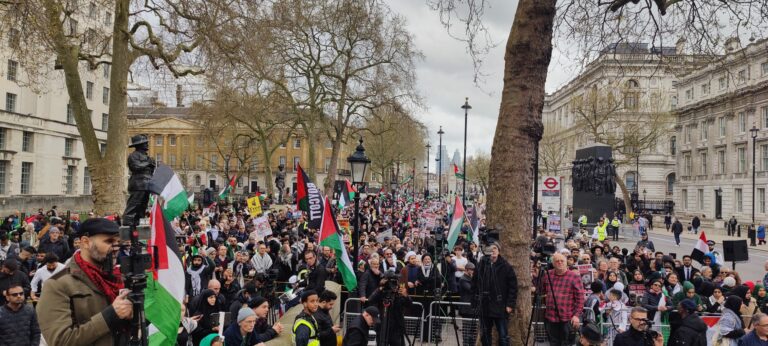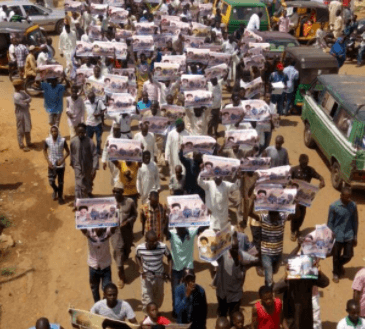Kabul, Afghanistan – Taliban fighters and their commanders have escaped the Marines’ big offensive in Afghanistan’s Helmand province and moved into areas to the west and north, prompting fears that the U.S. effort has just moved the Taliban problem elsewhere, Afghan defense officials have told McClatchy.
The movement of the Taliban into those areas has prompted complaints from German and Italian commanders, whose troops operate there, and have prompted questions about whether the United States has enough troops to pursue the Taliban while at the same time carrying out Army Gen. Stanley McChrystal’s plan to “clear, hold and build” in areas wrested from Taliban control.
Last week, National Security Adviser James L. Jones told McClatchy that no additional troops would be sent to Afghanistan this year, even as some NATO nations threaten to draw down their presence. Jones’ comments raised the ire of commanders here, who asked why the administration asked them to conduct a 60-day strategy review if such a major decision already has been made.
Violence here is at its highest levels since the Taliban fell in 2001. Even with the addition of 17,500 troops that President Barack Obama has ordered to Afghanistan, commanders fear they won’t have enough troops to clear large swaths of the country and then hold them.
Since the Marines began their offensive on Thursday, Taliban fighters have moved to northern Helmand province near Baghran, an area controlled by German forces, and the eastern edge of Farah province, largely under Italy’s control, said Gen. Zahir Azami, the Afghan Ministry of Defense spokesman.
In some cases, Taliban fighters donned burqas and held children’s hands to pass as women to get out of the Helmand River Valley, said Brig. Gen. Mahaiddin Ghori, the Afghan army commander in Helmand.
U.S. and Afghan military officers said that in many cases, fighters hurriedly left roadside explosives as they fled, targeting the forces. So far, one Marine and one Afghan soldier have been killed in the operation, both by explosives.
Afghan defense officials said they believe the Taliban fighters stayed in the country and did not travel to nearby Pakistan, where they often take refuge, because they believe they can wait out the latest operation, even as U.S. officials have stressed that once they clear an area they will stay until the security situation has stabilized.
“They want to carry on fighting. They don’t want to escape during the summer. This is the height of fighting season,” said Azami.
The offensive, called Operation Khanjar, or “Strike of the Sword,” includes roughly 4,000 Marines and 750 Afghan security forces.
Besides clearing one of Afghanistan’s most dangerous provinces, the operation is intended to signal to local residents that the United States intends to stay behind to begin building local governance.
Azami said he had no estimates of how many Taliban fighters moved north and west. Ghori estimated that Helmand had roughly 500 foreign Taliban fighters and another 1,000 Afghan Taliban.
U.S. and NATO officials acknowledged that the Taliban fled Helmand ahead of the Marines. But the officials said they don’t believe the Taliban threaten nearby areas. Instead, they feel the Taliban are still contemplating how to respond to the operation. Some believe only a small portion moved west and north.
U.S. officials privately say they have seen less fighting during the one-week offensive than they originally had anticipated. But they stress the operation is in its early stages, adding that they think it will take roughly seven weeks to clear the valley.
“The sense is that many of the Taliban have left but they have not gone very far. They are not abandoning the Helmand River Valley,” said a senior coalition officer who agreed to speak only if he was not identified. “They have seen a lot of forces come and go, but we are not going anywhere.”
More than 90 percent of Afghanistan’s poppy production comes from Helmand province, making the area a major cash supplier for the Taliban.
McChrystal’s plan for Afghanistan is modeled after the 2007 surge strategy in Iraq, where the United States sent an additional 30,000 troops to secure Baghdad and the surrounding perimeter. At its peak, there were more than 150,000 U.S. troops in Iraq.
By: Nancy A. Youssef, MCCLATCHY.COM
[photo:gretty images]







